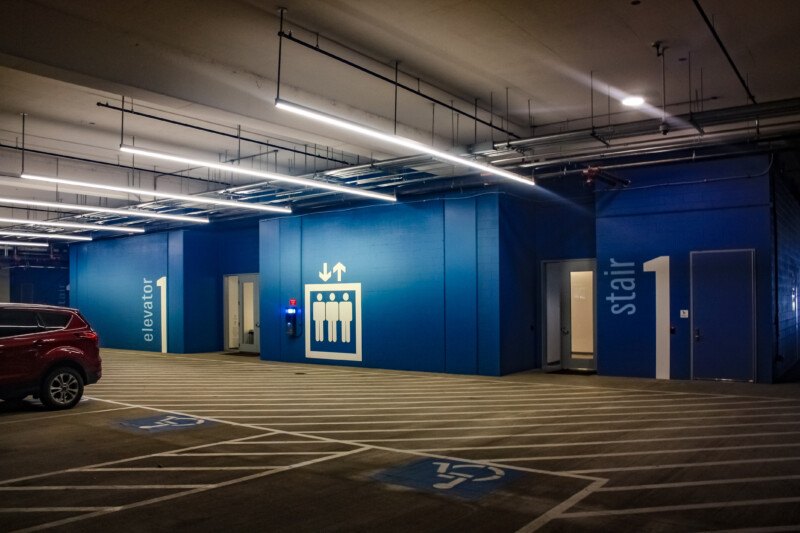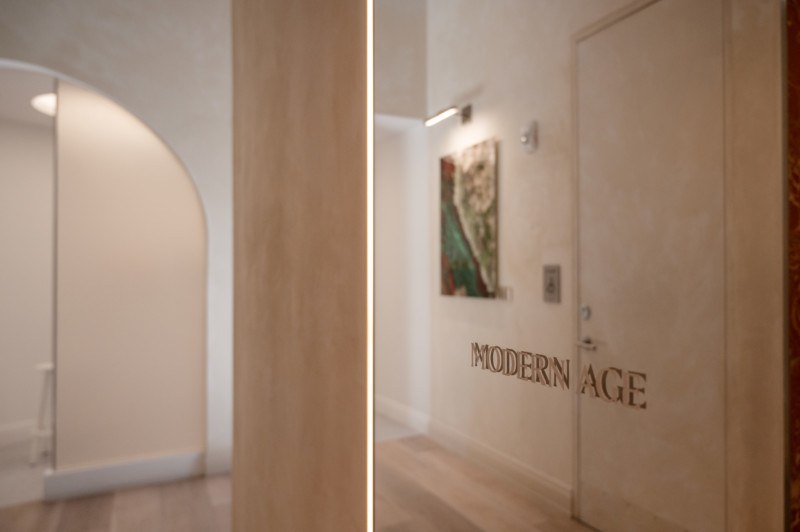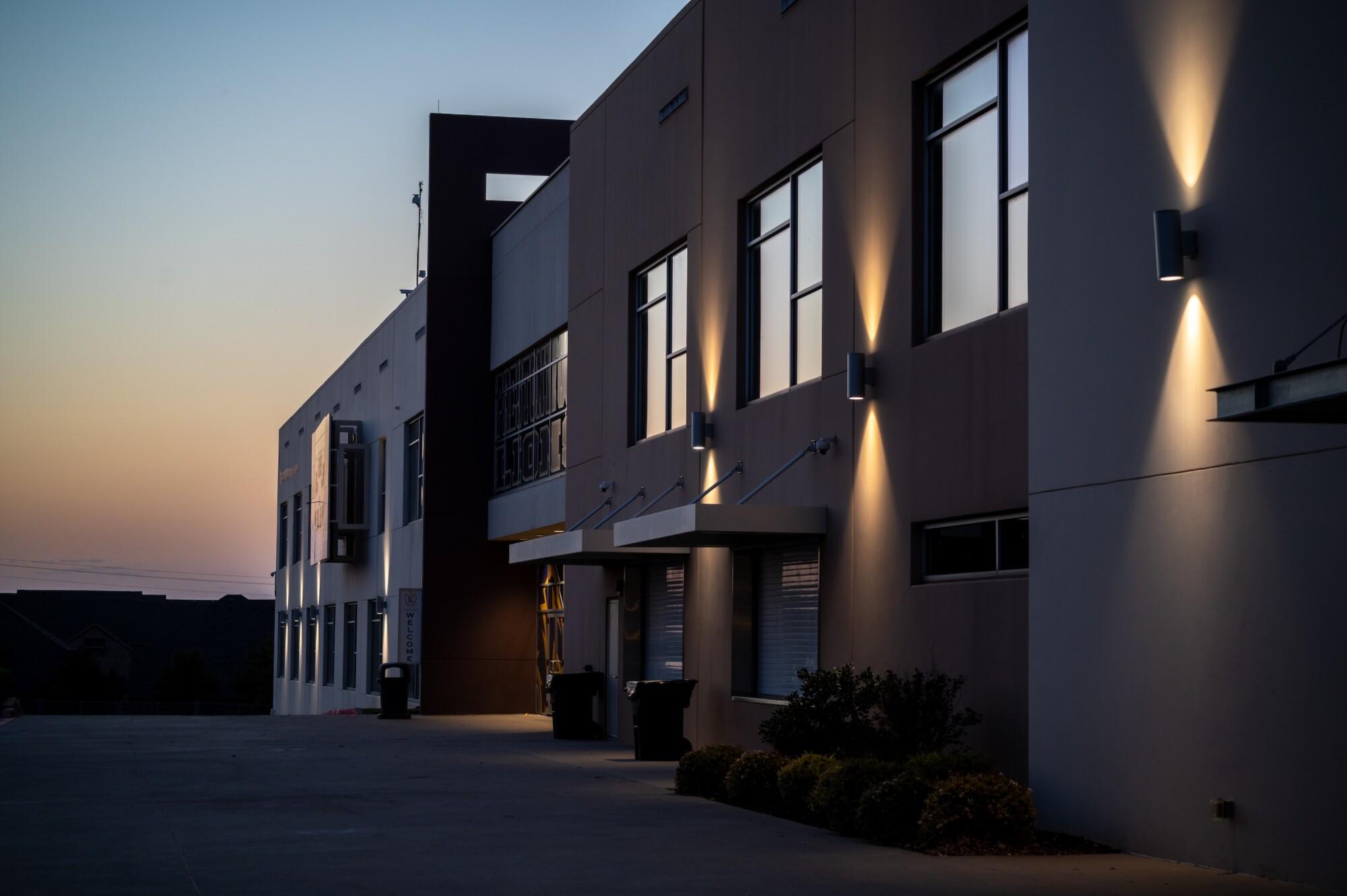
Prestonwood Christian Academy
When Director of Facilities Chris Schobey was asked how he would describe the wireless lighting control upgrade at Prestonwood Christian Academy, also referred to as PCA, he said,
“Fulfilling. Fulfilling in the sense that we’re able to offer a far superior finished product than what we started with.
We started with the goal of fixing something that nobody ever sees, and we finished the project enhancing the building in a way that everybody gets to see. And that was very rewarding.”
The Problem
Prestonwood Christian Academy, a sprawling school of 135,000 square feet in Plano Texas, faced a critical challenge. Its legacy lighting control system had been discontinued for over a decade, forcing the facilities team to source replacement parts from closets, third-party vendors and even eBay. The system’s exclusivity and lack of replacement parts left PCA without viable long-term solutions for their upper school of 135K sqft and field house, another 35k sqft.
“The project was in our upper school, which is a little over a hundred thousand square feet. We have traditional classrooms, science labs, fine art spaces, podcast recording spaces, and library media centers, all of which require different kinds of lighting, ranging from lighting levels to different color temperatures. In addition to that, we have a field house which is about 35,000 square feet, and then we have exterior lighting.
So pretty much all of the exterior lighting on campus, with the exception of our field lighting, was under the legacy lighting control system.” –Schobey
Aside from the hassle of harvesting parts from closets to keep the school running, the system had many limitations in flexibility, whether it was creating smaller zones, or its nonexistent LLLC. There were high maintenance costs, requiring contractors and electricians to make any changes, and the original system’s exclusive programming language and rigid infrastructure made upgrades and alterations extremely difficult.
“It was not user friendly or very intuitive, so we only had one or two people in the entire organization that understood how to do that efficiently without having to spend a lot of time trying to teach ourselves how to use it.” –Schobey
The outdated legacy system’s limitations extended beyond backend functionality. The hardwired setup required contractors and electricians to implement even minor adjustments, leaving faculty requests for lighting modifications frequently unfulfilled. While the school was committed to supporting its teachers and students, the high cost—often hundreds or thousands of dollars—of bringing in contractors to reprogram a light to dim by just 20% made such changes impractical. Knowing time was limited with their existing infrastructure, PCA turned to Clay Charlton from Team Solutions for a more flexible, cost-effective lighting control solution.
The project required a fast turnaround on a tight timeline. This included product sourcing, installation, specifying, and programming to name a few, which had to be completed over summer break. Needless to say, Charlton had his work cut out for him, so he reached out to Hossley Lighting for recommendations.
Once Hossley understood the scope and scale of the project, they knew Casambi was the perfect solution. Beyond the system integration and feature functionality, cost was an important piece to the equation making Casambi the clear winner. At the onset PCA intended to do controls only but realized Casambi could do a full lighting control AND fixture replacement close to the cost of only replacing the controls of a traditional wired control system—within 20-30%.
Plan For Success
Once Schobey was able to get approval to upgrade the control system, he realized there were a few non-negotiables—aside from timing—that included system management and end-user experience. The lighting controls, after all, serve to create an optimal learning environment for the students.
“In developing a list of things that we wanted out of a replacement system, there were a few key things. We need to be able to manage some degree of programming in-house. We needed to have the ability to adjust how spaces are used with some degree of ease. By ease, I mean the ability to train relatively novice users on my team, that may not be very experienced with control systems, how to make simple adjustments or how to troubleshoot simple issues when they inevitably come up immediately or years down the road.
The other issue was universality. We never expect we’re going to be able to plug and play any component into any system, but there are degrees of universality that we knew we could achieve. We didn’t wanna be locked into a fixture that only worked with this one control vendor from the OEM side.” –Schobey
To ensure PCA was getting all of their needs met beyond the obvious pain points and what Schobey outlined, Jordan Mills, Casambi’s Regional Service Manager, asked questions—lots of questions.
“One of the best things to do is ask questions. We ask a lot of questions about the space and how the end users intend to use it so we can make sure we put together the right solution.
The great thing about Casambi, is that it is so flexible that it allows for a lot of changes to be made on the fly by that end user. Or if it’s a little bit more of a complex change, they can give us a phone call and we can help them remotely, oftentimes, solve their problems. But asking those questions up front makes it a lot easier in the long run.” –Mills
Once the needs had been outlined, the project kicked off with a live classroom demo where nine fixtures were upgraded with Casambi controls.
“We set up a demo for a classroom so that we could decide what colors, color temperature to set the lights, figure out dimming levels and scenes because we had so many rooms that needed to be reproduced the same way. We needed to come up with a game plan in order to make sure everything came through quickly.” –Charlton
Part of the game plan was having fixtures pre-integrated with Casambi’s nodes, so when the time came to install, there were no delays. Thanks to Casambi’s wide ecosystem of manufacturers it gave PCA the freedom to choose the right fixtures for the project in aesthetic, availability and functionality.
Stand Out Moments
Speed and efficiency: Team Solutions executed the installation with remarkable efficiency, particularly in the classrooms. Once they had mapped out how many fixtures were in each classroom and how to navigate the easy user interface of the Casambi app, Team solutions and the technicians programmed the lights as new fixtures were installed, reducing setup time from 30 minutes per classroom to just 10-15 minutes.
“The majority of classrooms were nine fixtures, but some had 12, so having a relay on every fixture made it to where we could easily make changes. We decided that we wanted to have a four button switch for each classroom for a lower, and medium dimming level, projection mode, and off button. That way the faculty didn’t have to worry about which button to press, and always have full control.
When it came to the actual installation, there was a little bit of a learning curve. When we got to installing and programming the repeated rooms it took about 30 minutes, but once we got into a rhythm—program/identify the fixture, name it, group the fixtures, decide your scene, connect it to a switch button and you’re done—we got it done really quickly. Simple as that.” –Charlton
Flexibility: Another standout moment in the project occurred when the school repurposed an unused classroom into a cheerleading locker room. Walls were added, altering the room’s layout and requiring a new lighting configuration. Thanks to Casambi’s wireless system, Schobey was able to do it on his own.
“My job was to design, build, and complete the project. We changed the entire mapping of the lights in the space when we added the walls. Normally we’d have to bring an electrician in and would pay more money to have them come in and rewire the lights to new switches, break everything out so that now it’s switched properly. That was not the case this time because we had already installed the system.
I told the GC when we were bidding, don’t put lighting in your scope at all, just pull it out. He was a little confused why that would be, it seemed strange to him and I just promised him it’d be okay. And then as the project was wrapping up, I came in with my tablet and reprogrammed the lights in about five minutes, installed new switches, associated those switches to the system, all with an iPad. And I think the entire process took about 15 minutes and that saved thousands of dollars that normally would’ve had to be spent to do that.”
Outside the box thinking: A critical component of the project was integrating Casambi and the BacNET system with the existing Delta Controls building automation system. The BacNET integration enabled full graphic representations of lighting zones, thermal graphics, and remote scheduling via the Delta interface.
“BacNET was definitely a requirement. They wanted to be able to monitor the school from a computer via Backnet integration and Casambi is Backnet IP over IP compatible. We do this by using a gateway, connecting to other BMS systems.
It did pose some challenges, but because our system is so flexible, we were able to overcome those challenges by setting up tests ahead of time. We worked with Team Solutions and Hosley to set up a demo to make sure that everything was functioning as it needed to. It took a couple of attempts, but once we got there, the proof of concept proved that it would work and then we were able to implement it seamlessly in the school live.” –Mills
Casambi provided direct support through the BacNET engineer, who worked closely with Team Solutions to modify the gateway and ensure seamless communication between Casambi and Delta Controls—a level of manufacturer support rarely seen in the industry.
How It’s Going
“The user interface of the Casambi app is incredibly intuitive—anyone familiar with a smartphone will feel comfortable navigating it. We primarily use an iPad dedicated to the system in my office, but the fact that the app works seamlessly across devices adds a level of flexibility that’s been invaluable. Whether from my phone or a technician’s work-issued device, we can troubleshoot, adjust scenes, or program schedules on the fly.
Recently, one of my team members who had never used the app before was able to troubleshoot and restore a lighting zone in about 10 minutes without any guidance—a true testament to how user-friendly the system is.” –Chris Schobey
What started as a search for a control system replacement evolved into a full lighting retrofit recommendation—a solution that modernizes lighting and provides future-proof wireless controls. As a matter of fact, the Prestonwood Christian Academy is expanding upon the Casambi network. Now that’s Smart. Clean. Easy. And soon to be, Everywhere.
LOCATION
United States
SITE
Plano, Texas
PROJECT LEAD & LUMINAIRES
Hossley
Team Solutions
CASE STUDY
Download .pdf here
VIDEO
Watch on YouTube
CASAMBI UNITS
500 +
PRODUCTS USED
Casambi Salvador 3000
Casambi CBU-ARP-LR
mwConnect Wireless Room Controller
mwConnect Wireless Fixture Controller
mwConnect PIR

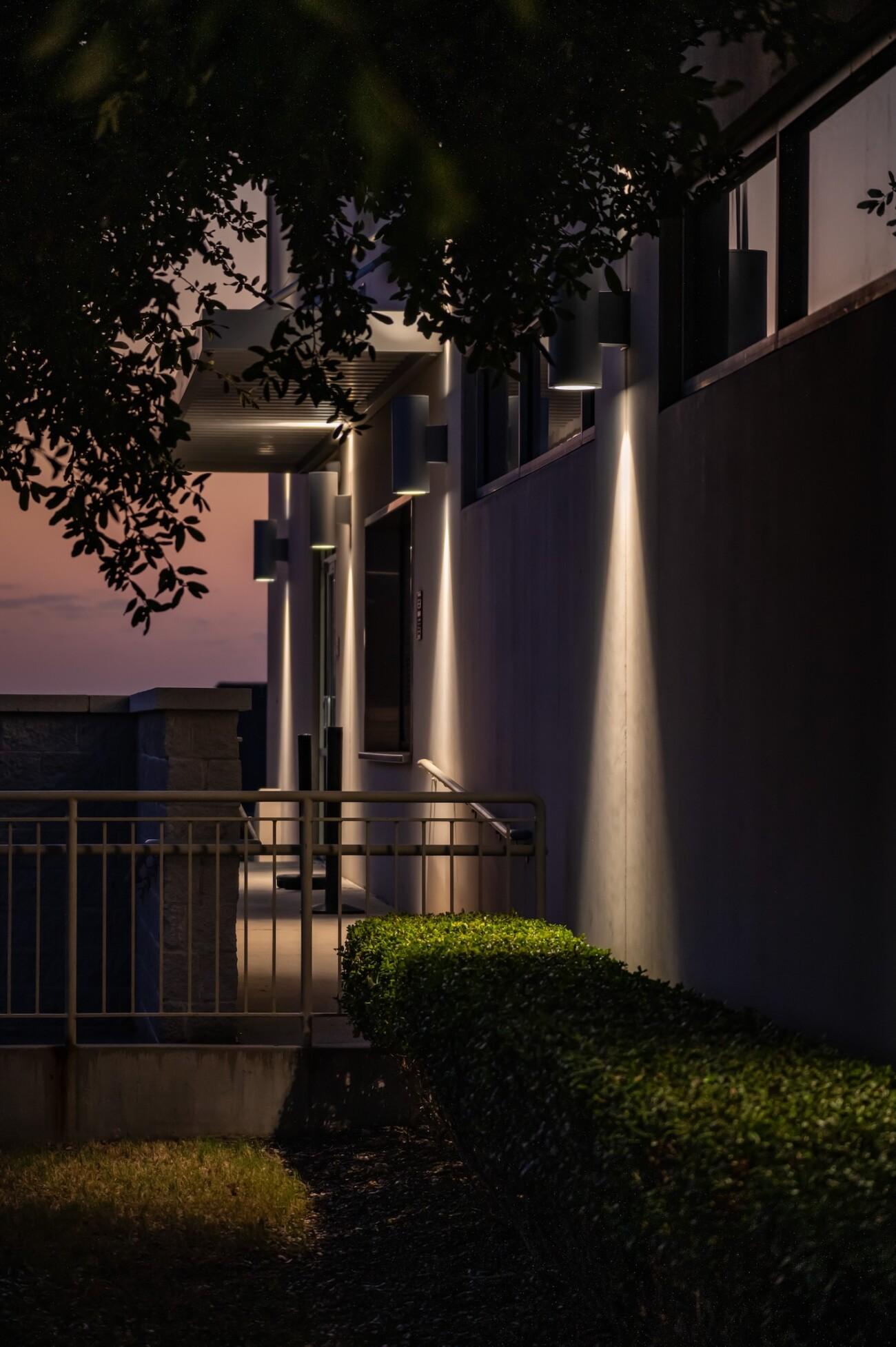
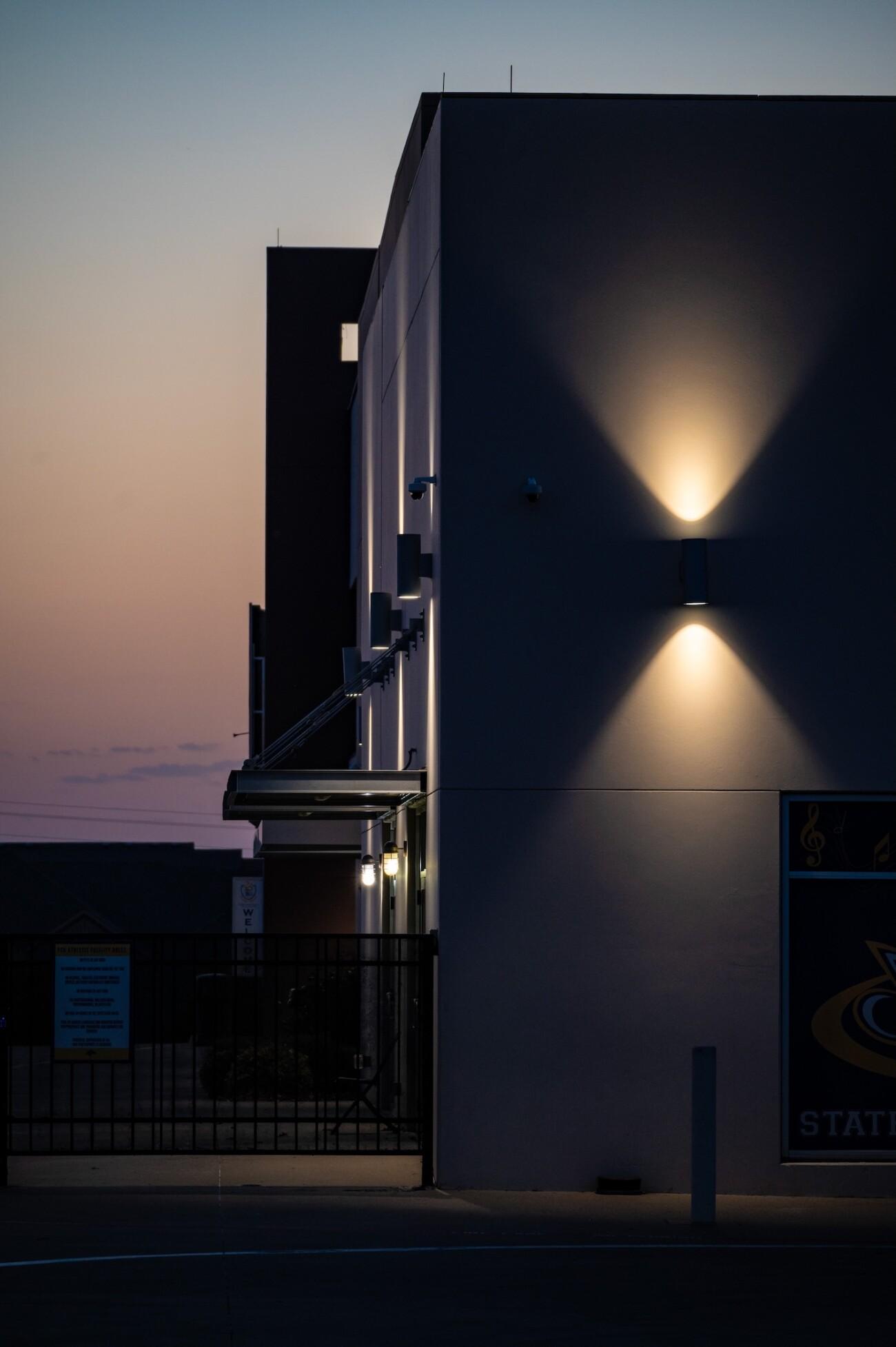
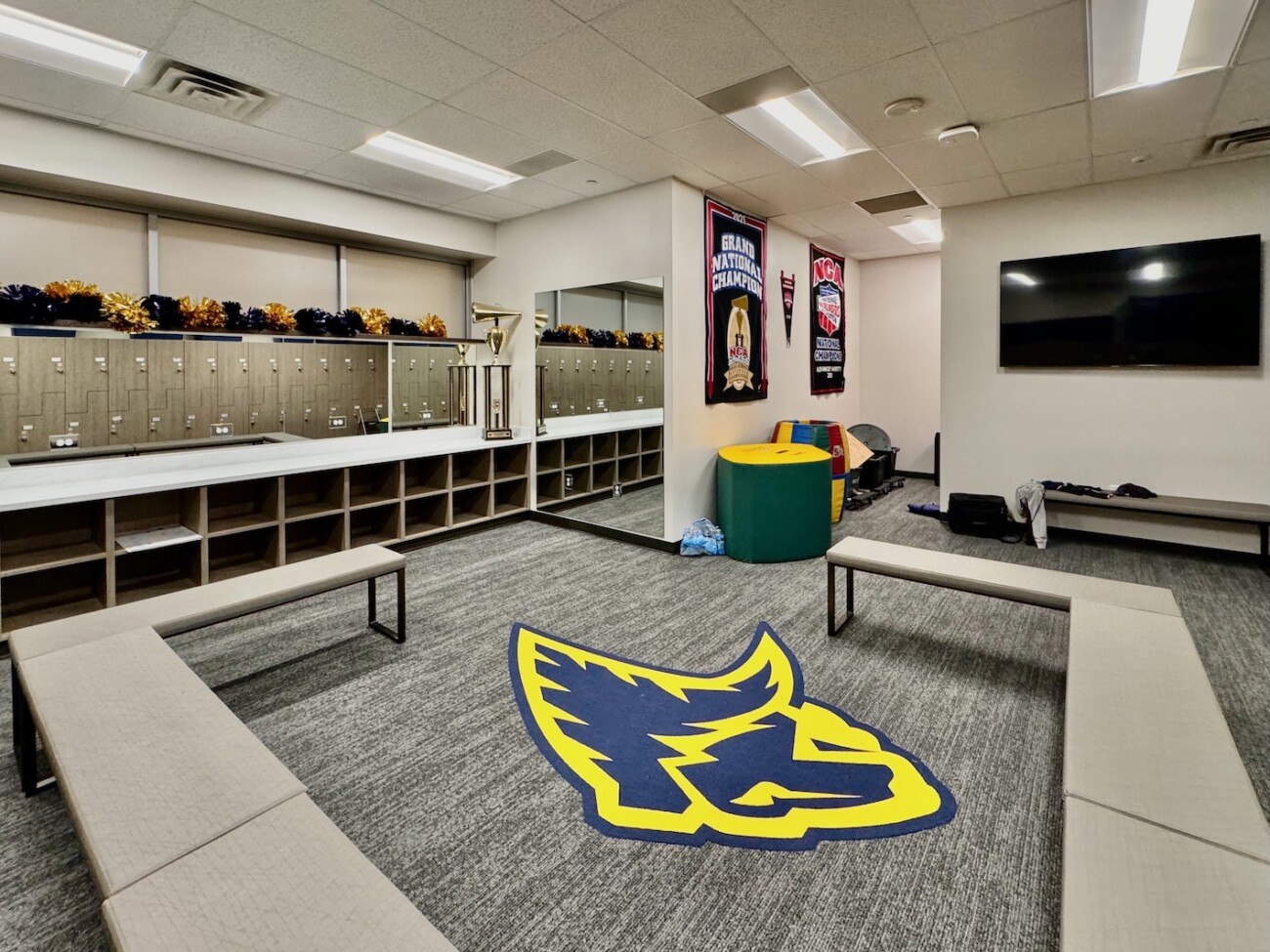
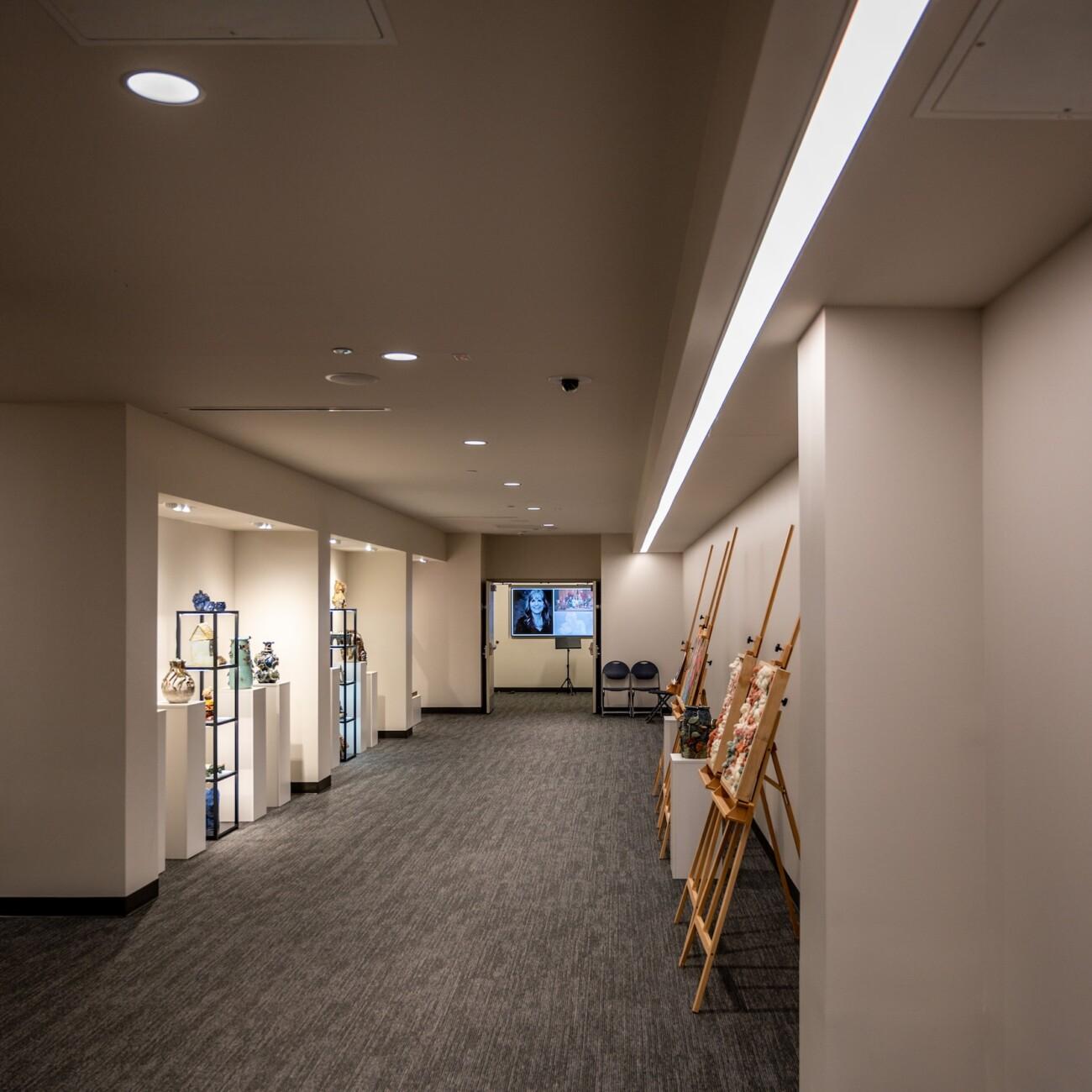
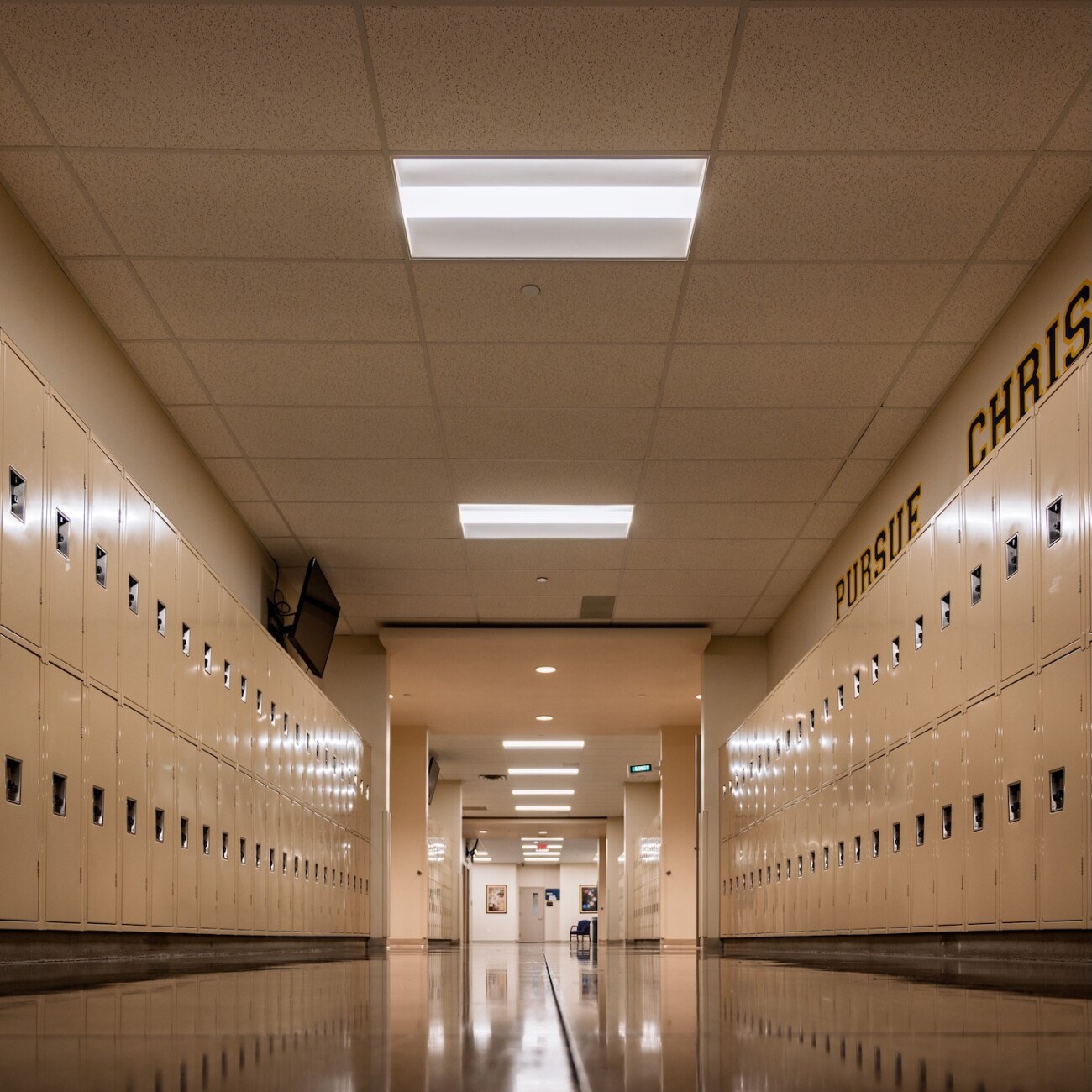
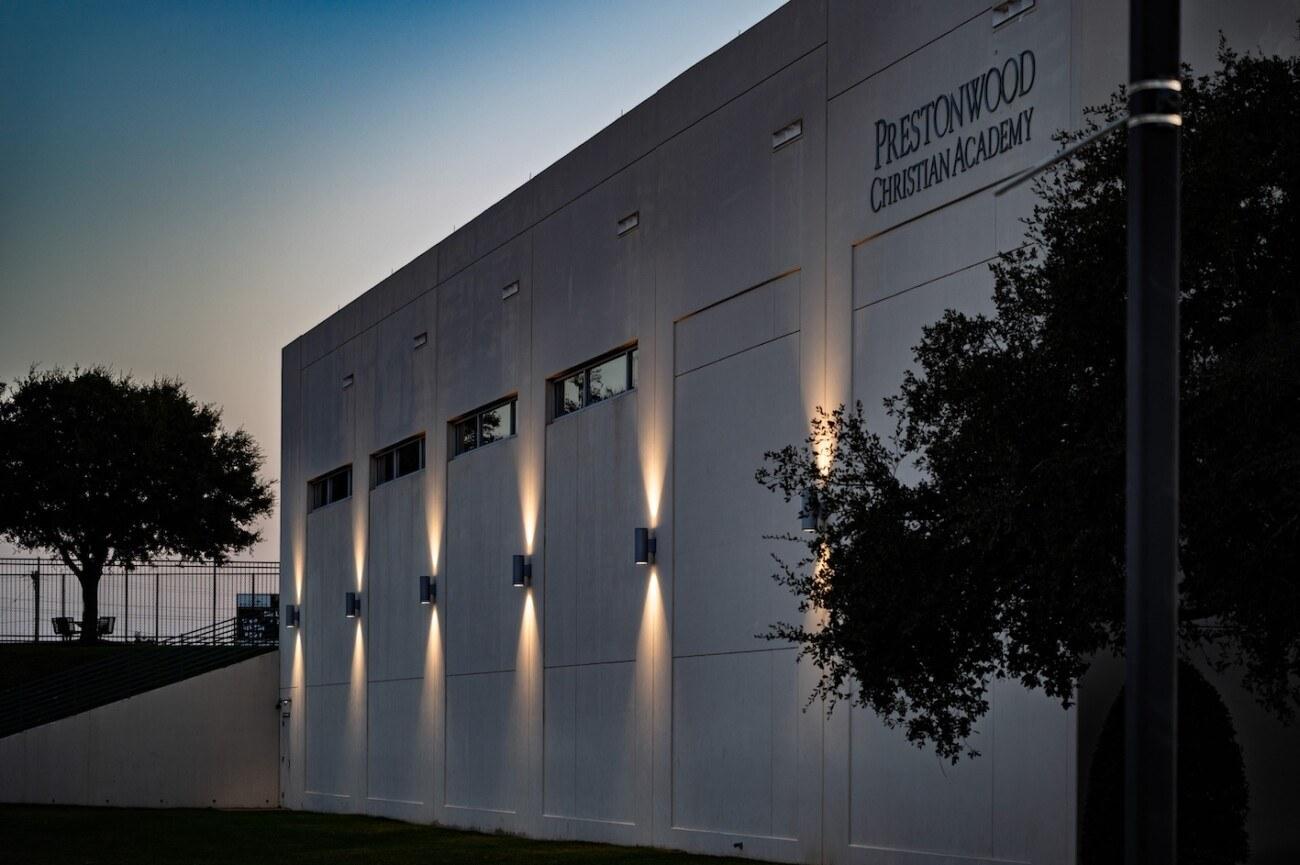
Share your work with us
If you have a Casambi project that you would like to publish at Casambi.com please click the button below and tell us a little bit more about the project. We’ll get back to you within two business days.

